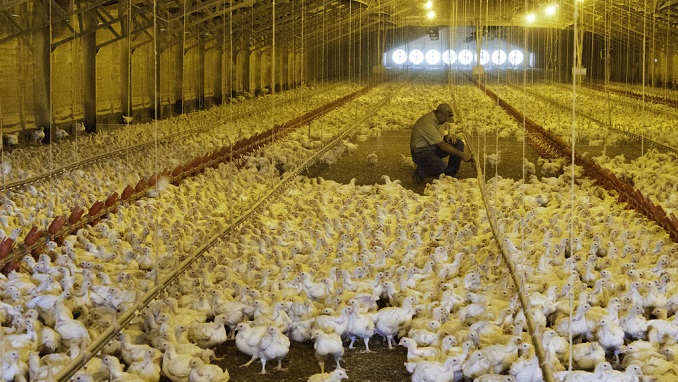Russian meat giant Cherkizovo has completed the acquisition of Siberia-based poultry producer Altayski Broiler from agricultural holding Prioskolie for around $70 million, Global Meat News reported.
The purchase has been already approved by the Russian Federal Antimonopoly Service (FAS) according to Cherkizovo. With this deal, Cherkizovo seeks to enter the market of the Siberian federal district of Russia and to further strengthen its positions on the domestic meat market, an official spokesperson for Cherkizovo told the news outlet.
Siberia is a prospective region for the further development of Cherkizovo, Sergey Mikhailov, general director of Cherkizovo commented. At the moment, the big federal retail chains are developing their business in that part of the country, and Cherkizovo is interested in growing together with them, he explained.
Altayski Broiler runs several poultry farms all located in Siberia. The overall designed production capacity of the company is around 67,000 tons (t) of poultry production per year.
The recent acquisition deal is a part of the bigger consolidation trend that has been seen in the Russian meat industry in the recent few years. This trend is likely to continue, according to Russian analysts.
“Further consolidation in the Russian poultry industry is inevitable and will be gaining scale and speed in the next couple of years due to increasing production costs and liquidity problems for many domestic producers regardless of their production capacity or geographic location,” says Albert Davleyev, president of analytical agency Agrifood Strategies.
In such a situation, most attractive assets will be acquired by the most successful companies, predominantly by bigger vertically integrated complexes, while less profitable companies will go down and face bankruptcy, the expert added.
“The coming year will bring a record number of examples of both trends. As a result, the broiler meat production in Russia is most likely to stagnate, evidencing further increase and restructuring of bigger companies’ market shares,” Davleyev added.












